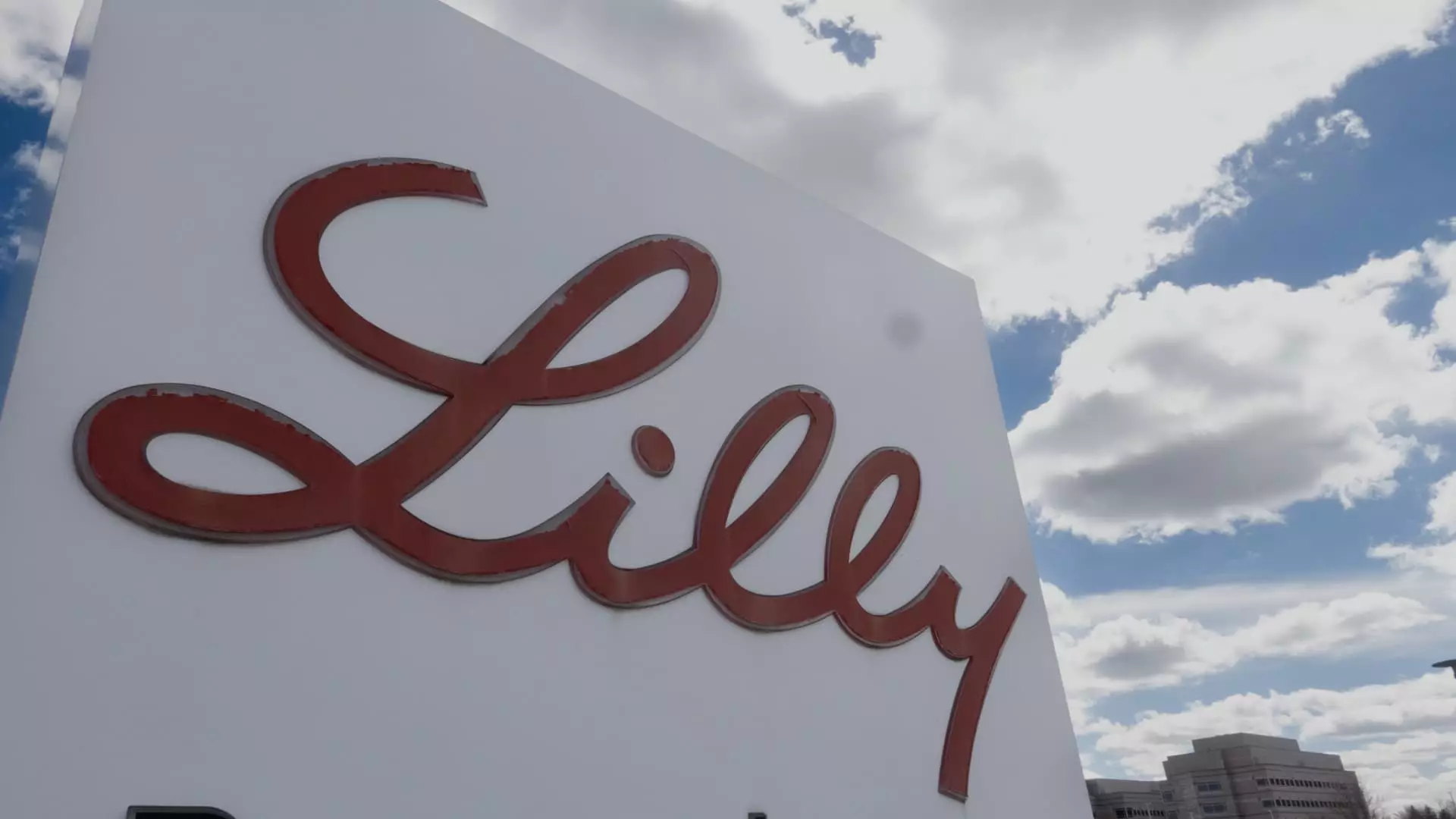Eli Lilly, a prominent player in the pharmaceutical industry, has announced an ambitious plan to commit $4.5 billion toward the establishment of a trailblazing facility known as the Lilly Medicine Foundry. This center is poised to revolutionize the production methods of its pharmaceutical offerings through an unwavering focus on efficiency and innovation. As the industry becomes increasingly competitive, this move represents a strategic pivot designed not only to enhance the manufacturing process but also to streamline the journey from laboratory research to market-ready medications.
The significance of the Lilly Medicine Foundry lies in its dual function: it will both innovate new methods in drug manufacturing and subsequently apply these processes in producing medications for clinical trials. Eli Lilly’s Chief Executive, David Ricks, envisions the foundry as a vital touchpoint in converting laboratory breakthroughs into actual pharmaceutical products. This unique integration of research and production is set to differentiate Lilly from its competitors, presenting a paradigm shift that emphasizes hands-on research application within the same facility.
Scheduled to commence operations in late 2027, the Lilly Medicine Foundry will be strategically located near a substantial $9 billion manufacturing complex in Lebanon, Indiana. This facility is dedicated to producing essential pharmaceutical ingredients, including tirzepatide, currently showing great promise in the obesity and weight-loss markets with drugs Mounjaro and Zepbound. These drugs’ success highlights a larger trend in the healthcare sector, where innovative medications can not only respond to global health challenges but also generate significant revenue streams for pharmaceutical companies.
As Mounjaro and Zepbound are anticipated to generate up to $50 billion by 2028, almost double Eli Lilly’s entire revenue from 2022, they provide the financial leverage necessary for further investment. However, this fiscal freedom is paired with the responsibility of continuous innovation, as the pressure mounts to identify the next breakthrough treatment amidst a rapidly evolving landscape.
Looking towards the future, Eli Lilly is broadening its scope beyond obesity treatments. With a rich history in mental health and neuroscience—having launched the antidepressant Prozac—Lilly aims to delve deeper into Alzheimer’s and other neurodegenerative diseases. Dr. Dan Skovronsky, the company’s Chief Scientific Officer, acknowledged that significant opportunities to enhance human health remain unexplored, particularly in fields such as oncology, immunology, and emerging areas like cardiovascular conditions and chronic pain management.
The strategic focus on neuropsychology arises from a growing awareness of unmet needs in mental health, addiction, and neurodegenerative disorders. With Ricks emphasizing that Lilly is investing heavily in these pioneering research areas, there is a strong indication that breakthroughs in obesity could financially underpin advancements in other therapeutic domains.
Despite the expansion into diverse therapeutic areas, Eli Lilly remains resolute in its commitment to tackle obesity. Ricks has pointed out that a singular treatment will not suffice to address the spectrum of needs within this realm. With a robust pipeline containing 11 obesity drugs in various stages of development, Lilly is exploring myriad mechanisms and delivery methods, including oral and injectable treatments. Among these are the advanced experimental drugs orforglipron and retatrutide, both of which currently stand under Phase 3 trials.
Recognizing the competitive landscape, Ricks has expressed an ambition to innovate further. He envisions a future not only of innovative pills targeting multiple factors but also of minimizing the frequency of injectable treatments, demonstrating Lilly’s adaptability to consumer demands and technological advancements.
The potential evolutionary leap represented by the Lilly Medicine Foundry could position Eli Lilly as the first trillion-dollar health-care entity, reflecting its trajectory of growth and innovation. With stock valuations soaring and a market capitalization nearing $840 billion, this ambition is tantalizingly within reach. However, Ricks remains pragmatic, suggesting that the focus should not solely reside in reaching financial milestones but rather in creating meaningful technological advancements that truly foster improved health outcomes.
Through this calculated expansion and commitment to cutting-edge research and development, Eli Lilly is not only solidifying its position in the pharmaceutical sector but is also setting the stage for long-term success that could have lasting impacts on global health. The company’s journey embodies a quintessential blend of bold investment and visionary leadership, paving the way toward a future where breakthroughs in drug manufacturing and therapeutic advancements can significantly elevate patient care standards worldwide.

